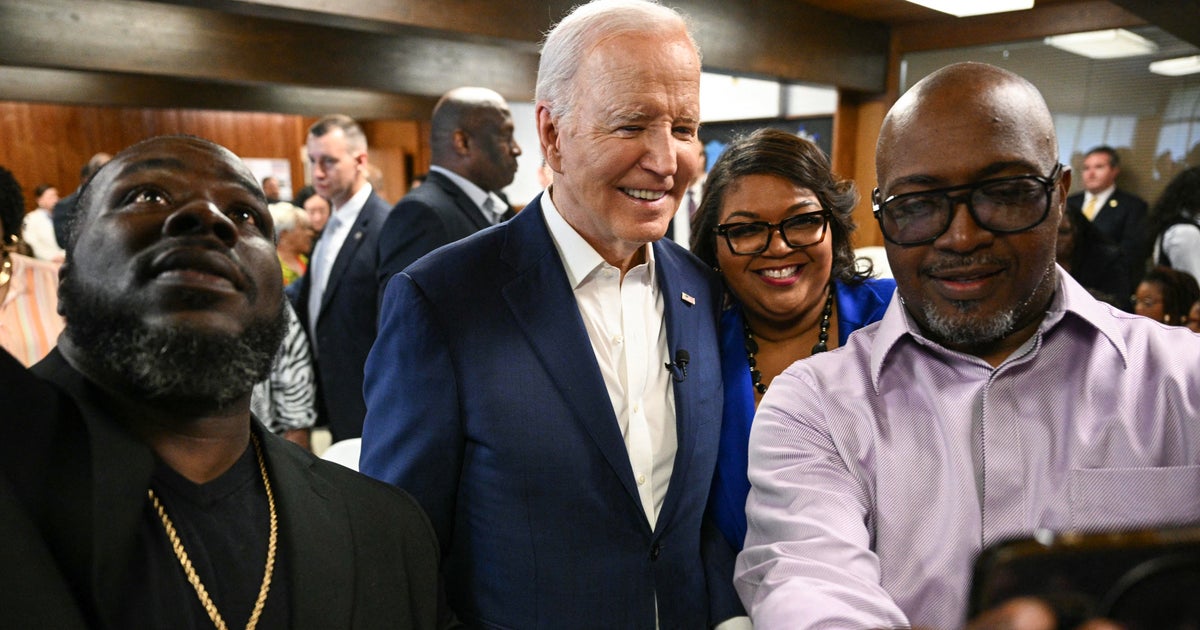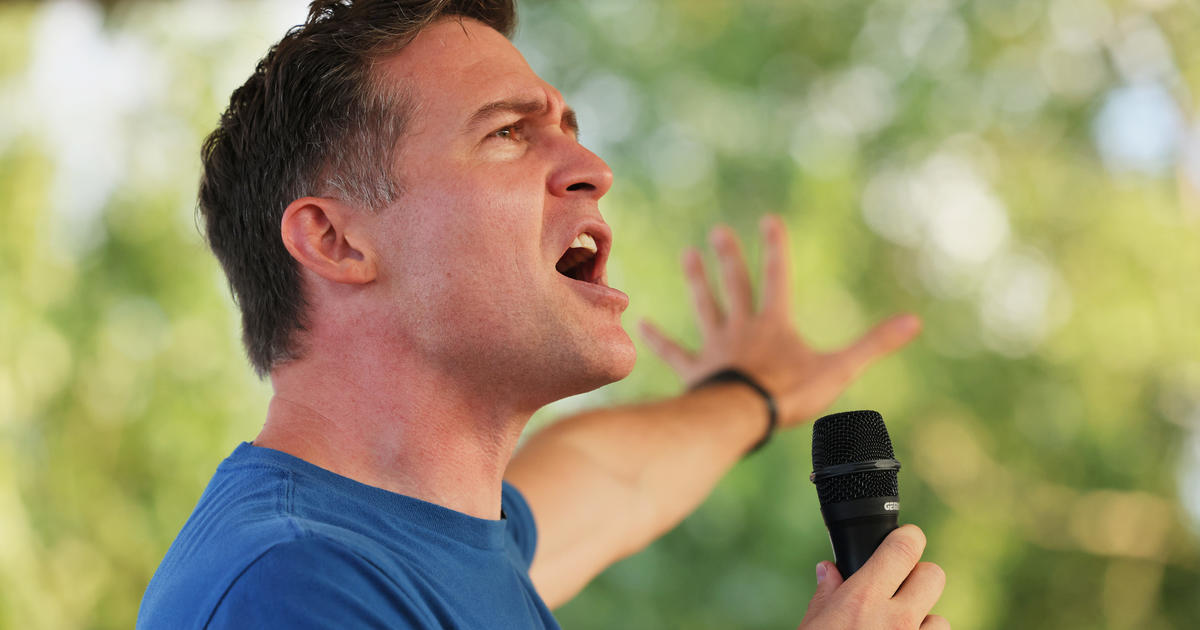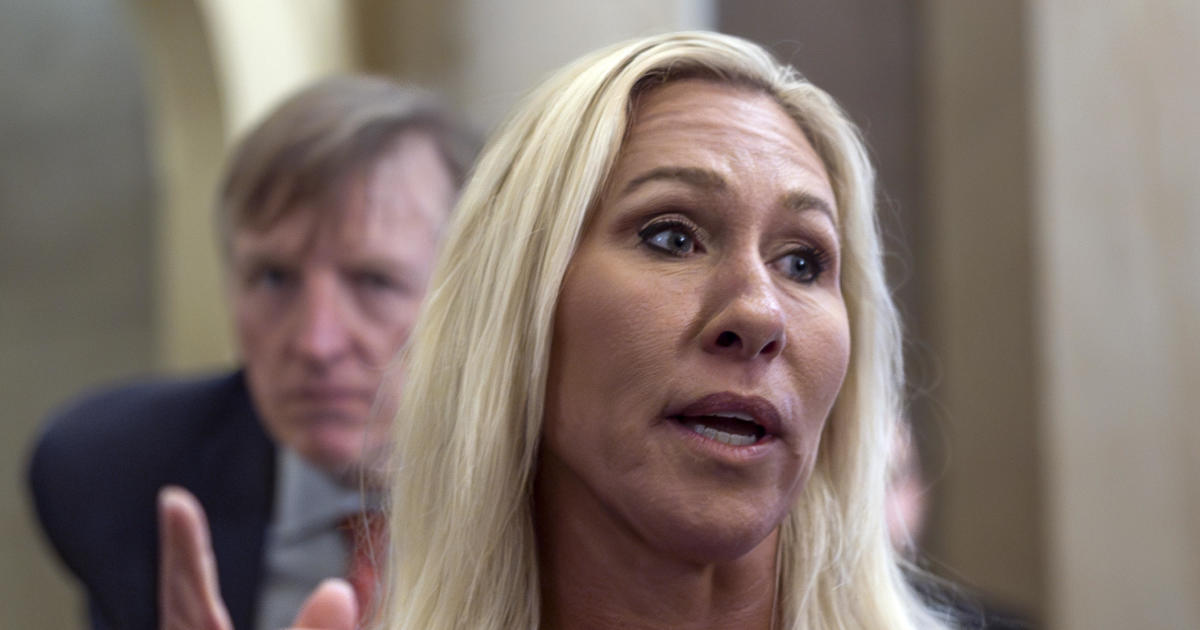Activists warn mail-in voting needed but could hurt some voters if poorly implemented
There are growing calls to expand vote-by-mail to protect voters from exposure to COVID-19, despite opposition from President Trump and many conservatives. Apart from their protests, civil rights and voter protection activists warn that while vote-by-mail would expand access in some cases, it could also disenfranchise vulnerable voting blocs if security measures are not put in place.
"As we seek to expand voting by mail, we can't think about it as a panacea that's going to solve our access problems and be equally open to everyone," said ACLU Voting Rights Project Director Dale Ho. "The biggest concern that I have is if states — in seeking to replace in-person opportunities — don't ensure that those mail-in options are accessible to everyone."
Five states already conduct elections primarily by mail, and 29 allow anyone to vote absentee without an excuse, according to the National Conference of State Legislatures (NCSL). A recent Gallup poll shows 64% of Americans support allowing all voters to vote-by-mail or cast absentee ballots, though there is a partisan divide. Eighty-three percent of Democrats and 68% of independents support it, but just 40% of Republicans do.
Voting rights activists and election officials have said the time to implement measures for the November election is now, but the Elections Assistance Commission advises "it's not realistic for everyone to be 100% vote-by-mail this November." Experts offered solutions to protect voters already at risk of being left out of the voting process.
Voter access
When it comes to voting by mail, activists note some Americans lack one of its most critical features: a traditional or permanent address.
"A move to all vote-by-mail would seriously disenfranchise Native American communities," said attorney Jacqueline De Leon of the Native American Rights Fund (NARF). "The problem with vote-by-mail is pretty simple, and that's that Native Americans don't receive mail at their homes."
Many homes on reservations don't have traditional addresses, so it's not uncommon for them to use shared P.O. boxes for U.S. Postal Service deliveries. And rural post offices can also be far away. NARF noted some Navajo Nation members must travel 140 miles round trip to access postal services.
Voter protection groups say that low-income voters could face disadvantages because they move more frequently. Younger voters also face new challenges, given the uncertainty surrounding whether they will physically return to school this fall.
There's also the issue of trust. A 2017 survey from the University of California at Davis found Asian (47%), Black (32%) and Latino (29%) voters in California were more likely not to trust the postal service to deliver their ballots on time, compared to white voters (21%).
"We have a history of people feeling uncomfortable with the U.S postal office for all the ways in which mail may have not actually gotten to them," said Rashad Robinson, president of Color of Change, an organization focused on racial justice.
Wendy Weiser, from the Brennan Center for Justice, says obtaining postage can also be a barrier "from a poll tax perspective" and for people who are staying inside for health reasons or practicing social distancing.
Ballot rejections stir feelings of uncertainty
Even if voters have access to vote-by-mail, there are other challenges, including ballot rejections. Research by the University of Florida and Dartmouth College found that in Florida's 2018 general election, younger voters, people with disabilities and minority voters were more likely to have their mail ballots rejected. Florida rejects ballots if a signature is missing or doesn't match one on file.
Signature matching is the most common method used to verify a voter's identity to prevent fraud, according to the NCSL. Activists say there need to be ample opportunities for voters to confirm their identity if there's an issue.
"We've had a historical challenge with signatures being rejected, not just for black and brown folks, but for young people who may only have been signing their signature for a couple of years," said Robinson.
Barbara Arnwine, founder of the Transformative Justice Coalition, said a surprising number of voters may not know their signature is required.
"It happens all the time. People say, 'Hey, they sent it to me at my address; they know who I am.' And they don't think about the necessity of signing," Arnwine said.
Vote-by-mail challenges for voters with disabilities and language barriers
Voting by mail can expand access for some voters with disabilities because it eliminates some of the barriers that exist in traditional voting, said Michelle Bishop, who works with the National Disability Rights Network. But there are still challenges.
"If a blind voter goes to a polling place and they're given a pen and a paper ballot, they can't read it and mark it privately and independently," said Bishop, who is a disability advocate for voting rights. "Mailing that ballot to the same voter at home, that blind voter doesn't magically become sighted when they sit down at their kitchen table. It's still inaccessible."
Bishop said reforms, such as emailing ballots or letting voters use remote ballot access systems, can increase access by allowing people to use tools to fill out a ballot on a computer. Still, voters with disabilities need the option to vote in-person, Bishop said, and encouraging more people to vote-by-mail could make that safer because "fewer voters will turn out to those in-person voting options."
The ACLU Voting Rights Project added it's important for states to ensure sufficient in-person opportunities for voters with language barriers too and if it isn't easy for limited English voters to get help, there's a chance those voters won't "have an opportunity to vote."
Protections from further disenfranchisement
Voting rights activists were near universal in praising vote-by-mail but stressed in-person voting options — including drop boxes and curbside voting — cannot be completely eliminated despite the likelihood of more people participating by mail in November.
"It's also important to have in-person options should anyone need to act on something that didn't work for them, whether it be getting their ballot, needing a replacement or just choosing to go in person if they want," said National Vote at Home Institute CEO Amber McReynolds.
Educating voters, especially younger ones, can be critical. According to a survey published by Tufts University, only 21% of the 18-34 year olds surveyed were confident they could learn how to get an absentee ballot while others feared they wouldn't know how to fill out a ballot.
Gilda Daniels, litigation director at the Advancement Project, says inadequate education could lead to further disenfranchisement, and states need to help voters understand the processes. While it's a challenge to combat high levels of distrust that some voters have, she says most people just want to know their voice will be heard.
"I'm not hearing apathy," said Daniels. "I'm hearing…help us to know what steps we need to take to make sure it's an election where we can cast a ballot and those votes are counted."



